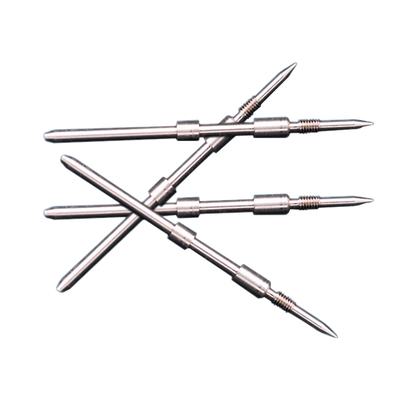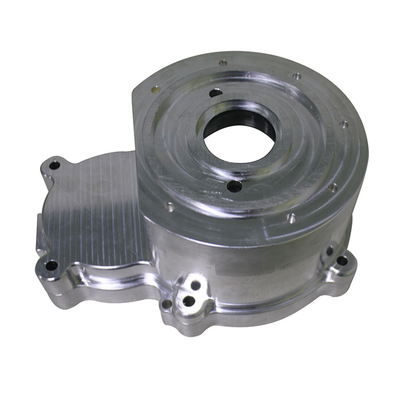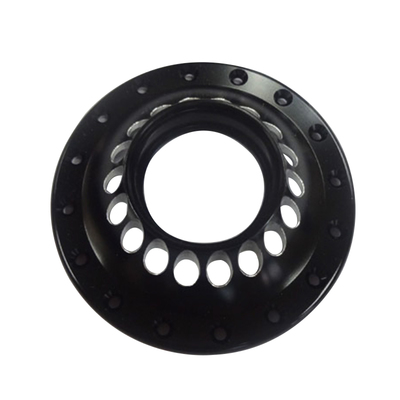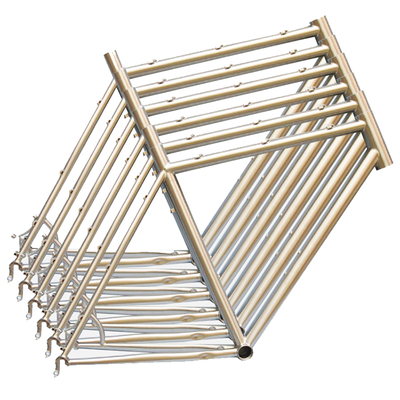Feasibility study on custom-made ankle and foot orthosis with 3D printer
3D printers have played a huge and diverse role in medical and other aspects. Researchers from the University of Sydney recently published a "Systematic Evaluation of the Feasibility of Designing, Manufacturing and Providing 3D Printed Ankle and Foot Orthotics" outlining traditionally manufactured ankle and foot orthoses ( AFO) and the wide manufacturing potential of 3D printers and sanitation services.

When studying the feasibility of a customized 3D printed AFO, the team evaluated the biomedical properties and results, participated in 11 different studies, and compared its comfort. Scientists are committed to developing a lighter, flexible, and easy-to-use AFO.
In the past, AFOs generally gave people the impression that they were unfit and uncomfortable, although their purpose was to help patients to walk normally. However, many children, women and individuals living at home are dissatisfied with traditional AFO.
The researchers said: “Many children and adults with musculoskeletal and neuromuscular diseases do not easily wear their AFOs. Even though early use of AFOs may bring significant clinical benefits, many users only use them when the condition is severe. Choose to wear their equipment."
Foot orthoses are usually made of plaster of Paris, and polypropylene is used to form a thermoplastic vacuum on the positive model. This manual technology has extensive post-processing, not only is labor intensive, but also patients have limited options and are expensive, and it may even take a long time to receive their equipment. In contrast, 3D printing is faster, more accurate, and more affordable, and it can be completely customized for the patient, which is more in line with the patient in terms of comfort.
The researchers said: "The new specific 3D printed AFO may make patients more satisfied, which will have a significant impact on AFO usage and overall health-related results."
Four of the 11 studies were conducted on the patient population, including unilateral foot due to dorsiflexion after stroke, cerebral palsy, L5 hernia, carbon monoxide poisoning, mechanical trauma, post-polio syndrome, cerebral palsy, and embolectomy Sagging. Six studies recruited healthy participants, and one study did not report or evaluate the AFO of any participants (only benchmark tests).
Ten of the studies explored the feasibility of dynamic passive AFO (relying on material properties and physical characteristics to establish functional properties such as bending or rotational stiffness), while other studies integrated 3D printed parts with off-the-shelf materials to produce adjustable stiffness.
Another study produced a segmented AFO including a 3D printed calf and foot and a central interchangeable carbon fiber spring. The researchers said: "Another study integrated a commercial metal hinge, which It can also adjust the stiffness of the AFO to a 3D printed articulated AFO."
Other designs include an AFO, 3D printed 3mm calf and foot part connected to two carbon fiber rods, 3D printing equipment to support the ankle and foot, and fixed with shoe laces. The only study that did not produce dynamic passive AFOs used 3D printing to produce rigid (solid) AFOs, but did not test the manufactured AFOs.
SLS 3D printers were used in the research, with a wide variety of materials, from nylon to resin to epoxy photopolymer. The assessment of patients includes how well they can walk, how comfortable the AFO is, the accuracy of manufacturing, and the mechanical performance. When comparing the traditional AFO and SLS AFO, they found a "significant difference" in the range of motion of the ankle, because SLS AFO does show a smaller range of motion.
Significant reductions in plantar flexion during early stance were observed between stiff states. The higher stiffness setting allows for a minimal amount of plantar flexion, the researchers said: “They suggest that adjusting the stiffness of the SLS AFO can provide support to accommodate traditional AFO Different activities that cannot be provided."
In the gait analysis, they also compared an FDM polyurethane AFO tightened with shoelaces with a traditionally manufactured rigid polypropylene AFO: they found that the two AFOs also improved the time and space parameters compared to walking barefoot. However, ankle kinematics data shows that compared with 3D printed AFO, traditional AFO supports ankle dorsiflexion more effectively during swing. Researchers suggest that this 3D printed AFO needs to be designed with more dorsiflexion to compensate for the stretching of the AFO during wearing. However, this may be due to the design of the 3D printed AFO, which was developed to be more like a supermolar orthosis than an AFO because the device only encompasses the ankle and hind foot instead of the calf.
In the end, the team found that the quality of the overall 3D printed AFO is as good as the traditionally manufactured AFO. The mechanical stiffness and energy dissipation of the 3D printed AFO are similar, but the researchers point out that the sample size is small and the research quality is generally low. “Using 3D printing to make AFO seems to have many potential benefits over traditional methods, including developing novel designs, optimizing stiffness and energy dissipation, and improving walking biomechanics, comfort, and fit,” the team concluded.
The feasibility of using 3D printing to manufacture AFO depends on the AFO design and printing method. Therefore, additional research is required before 3D printing AFO can be integrated into clinical practice. Further research is needed to evaluate the 3D printed AFO in the pediatric population and determine the most suitable 3D printing Technology and best materials to improve walking ability, patient satisfaction, and long-term use and durability.
Link to this article: Feasibility study on custom-made ankle and foot orthosis with 3D printer
Reprint Statement: If there are no special instructions, all articles on this site are original. Please indicate the source for reprinting:https://www.cncmachiningptj.com
 PTJ® provides a full range of Custom manufacturer of precision fabricated parts made from aluminum parts, brass parts, bronze, copper parts, high yield alloy, low carbon steel investment casting, high carbon steel and stainless steel alloy. Capable of handling parts up to +/-0.0002 in. tolerance. Processes include cnc turning, cnc milling, laser cutting,.ISO 9001:2015 &AS-9100 certified.
PTJ® provides a full range of Custom manufacturer of precision fabricated parts made from aluminum parts, brass parts, bronze, copper parts, high yield alloy, low carbon steel investment casting, high carbon steel and stainless steel alloy. Capable of handling parts up to +/-0.0002 in. tolerance. Processes include cnc turning, cnc milling, laser cutting,.ISO 9001:2015 &AS-9100 certified.
Tell us a little about your project’s budget and expected delivery time. We will strategize with you to provide the most cost-effective services to help you reach your target,You are welcome to contact us directly ( sales@pintejin.com ) .

- 5 Axis Machining
- Cnc Milling
- Cnc Turning
- Machining Industries
- Machining Process
- Surface Treatment
- Metal Machining
- Plastic Machining
- Powder Metallurgy Mold
- Die Casting
- Parts Gallery
- Auto Metal Parts
- Machinery Parts
- LED Heatsink
- Building Parts
- Mobile Parts
- Medical Parts
- Electronic Parts
- Tailored Machining
- Bicycle Parts
- Aluminum Machining
- Titanium Machining
- Stainless Steel Machining
- Copper Machining
- Brass Machining
- Super Alloy Machining
- Peek Machining
- UHMW Machining
- Unilate Machining
- PA6 Machining
- PPS Machining
- Teflon Machining
- Inconel Machining
- Tool Steel Machining
- More Material





